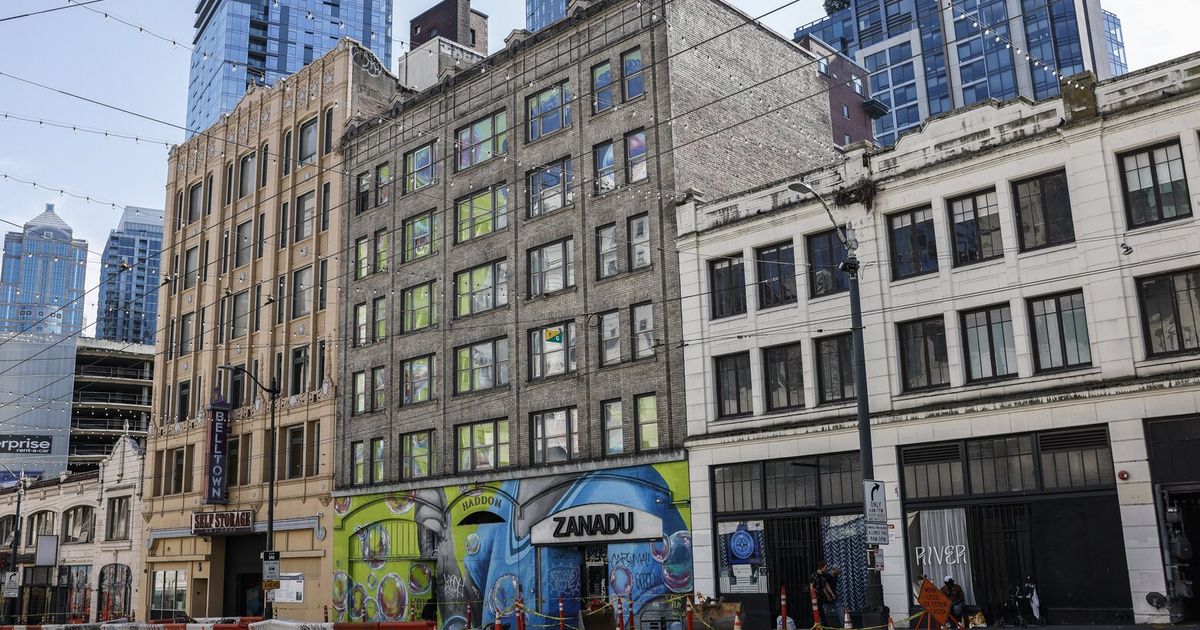Annual home-price gains in the United States eased in February as higher borrowing costs pressured buyers.
Home prices nationally rose 2% from a year earlier in February, slower than the 3.7% increase in January, according to data from S&P CoreLogic Case-Shiller.
Markets across the country have cooled after a sudden and rapid surge in borrowing costs sidelined many potential buyers. While demand in certain areas has started to pick up, a lack of listed homes is pressuring sales.
Craig Lazzara, managing director at S&P Dow Jones Indices, noted that the data captures a period before the banking turmoil in March.
“Although forecasts are mixed, so far the Federal Reserve seems focused on its inflation-reduction targets, which suggests that interest rates may remain elevated, at least in the near-term,” Lazzara said in a statement Tuesday. “Mortgage financing and the prospect of economic weakness are therefore likely to remain a headwind for housing prices for at least the next several months.”
On a monthly basis, prices ticked up after seven months of declines. The national index climbed 0.2% in February from a month earlier, according to seasonally adjusted data.
Seattle’s market stayed chilly in February, with the index down 9% from a year earlier. Only San Francisco logged a bigger year-over-year drop among the 20 cities Case-Shiller tracks.
But the pace of cooling in Seattle might be slowing. Prices were basically flat from January to February, declining less than half of 1%. Over the prior six months, the index had been dropping between 1% and 4% per month in Seattle.
Case Shiller tracks single-family home prices in King, Pierce and Snohomish counties and lags by two months.
Selling season
February is typically when the real estate market’s busiest selling season starts to get underway. Mortgage rates eased after the start of the year, stoking demand. Inventory remained tight though as borrowing costs were still up sharply from 2021 and early 2022, dissuading homeowners with cheaper mortgages from listing.
The average for a 30-year, fixed loan was 6.39% last week, down just slightly from 6.48% at the start of the year, according to Freddie Mac data.
“While annual price growth is still slowing, a reversal from negative monthly growth to positive monthly growth shows signs that the normality of the spring home shopping season is returning,” said Nicole Bachaud, a senior economist at Zillow.
Geographical areas had some “stark” differences, according to Lazzara. Prices in Miami were up 10.8% year-over-year. Tampa, Florida, and Atlanta were also among cities with large increases. Meanwhile, certain cities on the West Coast have struggled. Prices in Los Angeles were down 1.3%.
“Real estate has always been local, but as the buyers and sellers adjust to higher mortgage rates and lower affordability, regional trends have diverged sharply,” said Danielle Hale, Realtor.com’s chief economist.
This report includes information from Seattle Times real-estate reporter Heidi Groover.
















